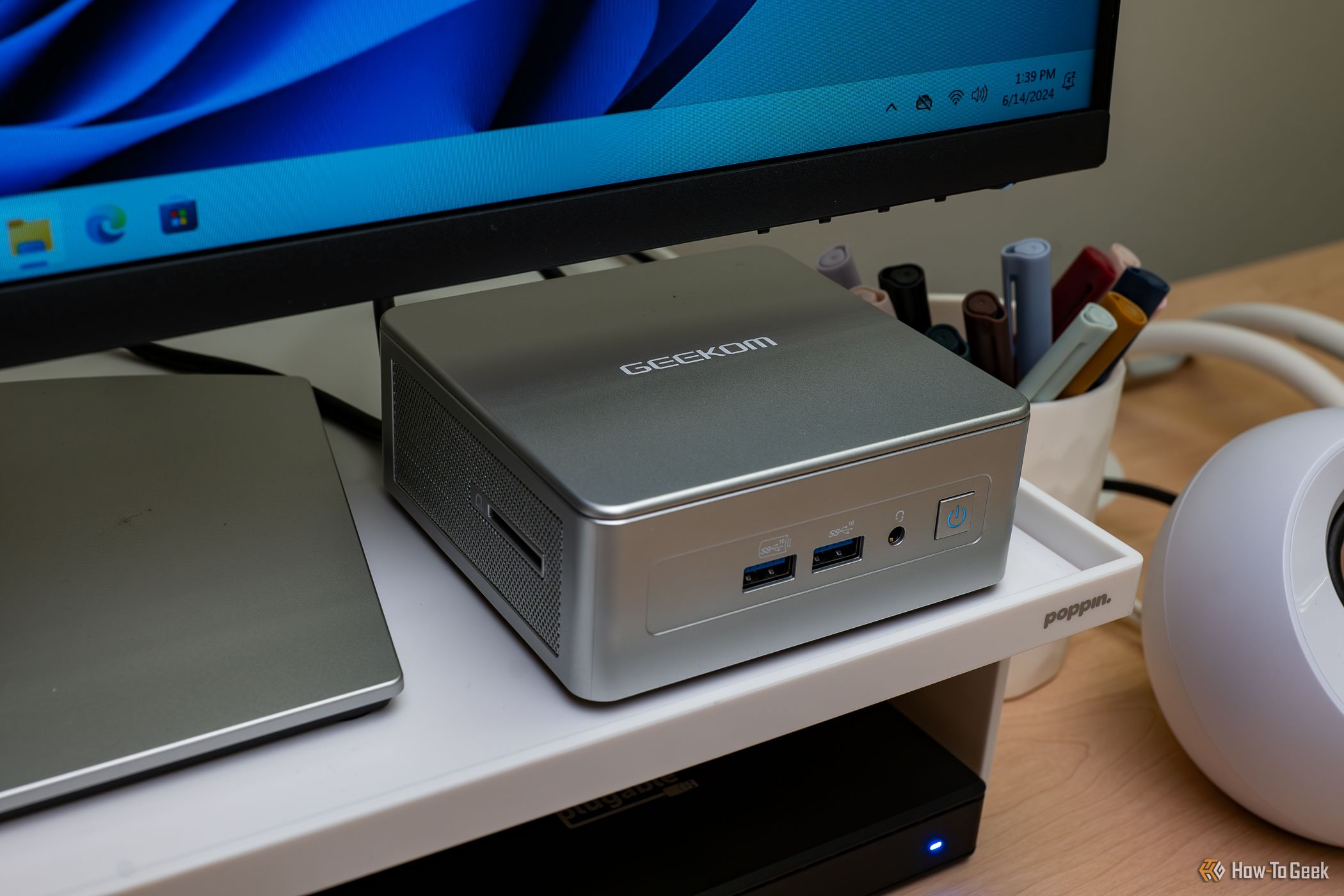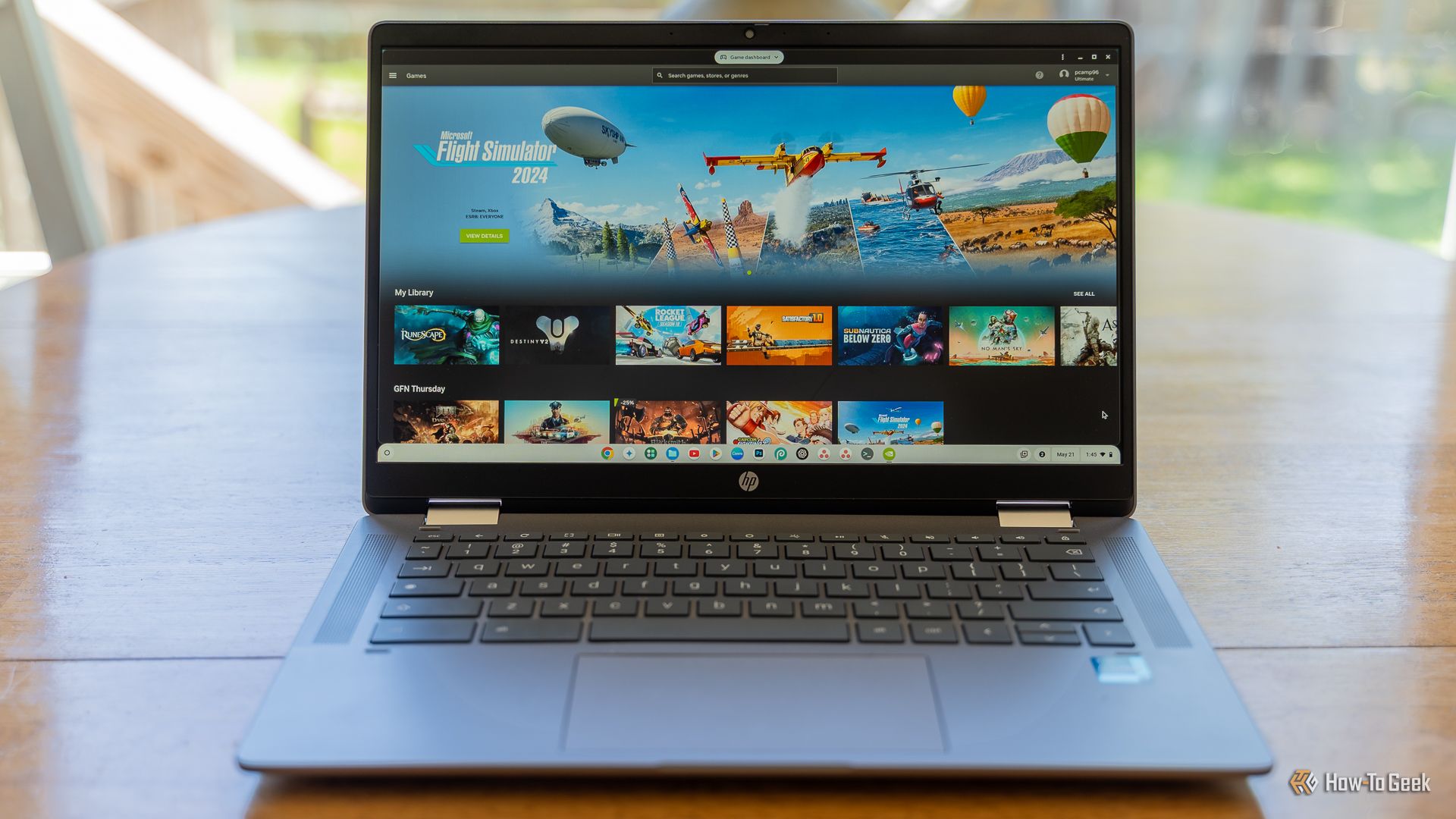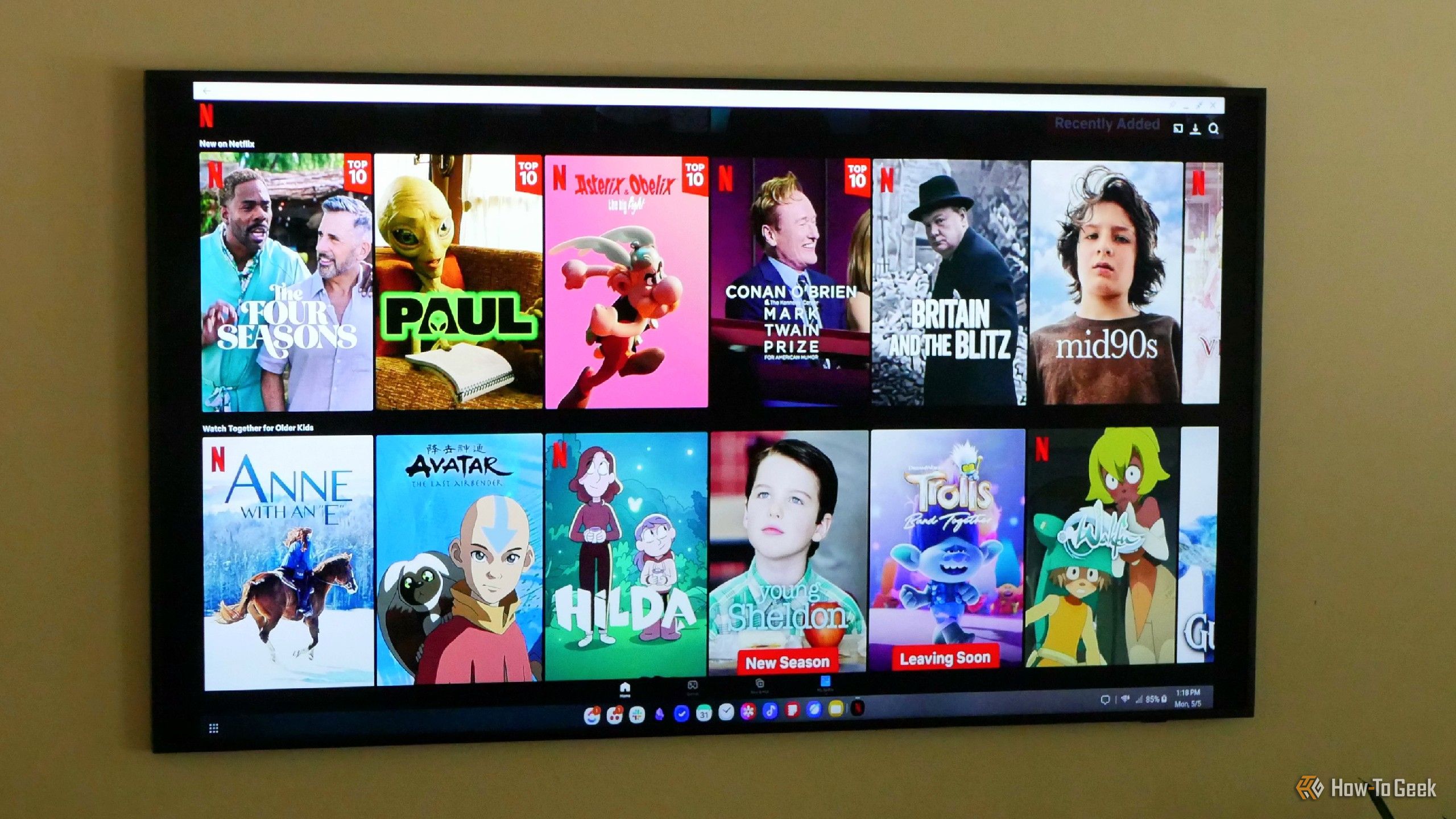How the Chromebox Missed the Mini PC Revolution

There are tiny computers all over the show these days, but despite doing remarkably well in the laptop market, there’s a distinct lack of ChromeOS mini PCs.
That’s despite the fact that so-called “Chromeboxes” are a thing that exist, and that have been on the market for many years at this point. With the evolution of ChromeOS, why haven’t these little computers made a bigger impact yet?

What Even Is a Chromebox?
The concept of a Chromebox is pretty easy to understand. It’s just a Chromebook, without a screen, keyboard, and touchpad. With Chromebook guts squeezed into a mini-PC chassis, you can easily stick one of these computers on the back of a monitor using a VESA mounting bracket, or slide it into your home entertainment system and turn your TV into a ChromeOS PC.
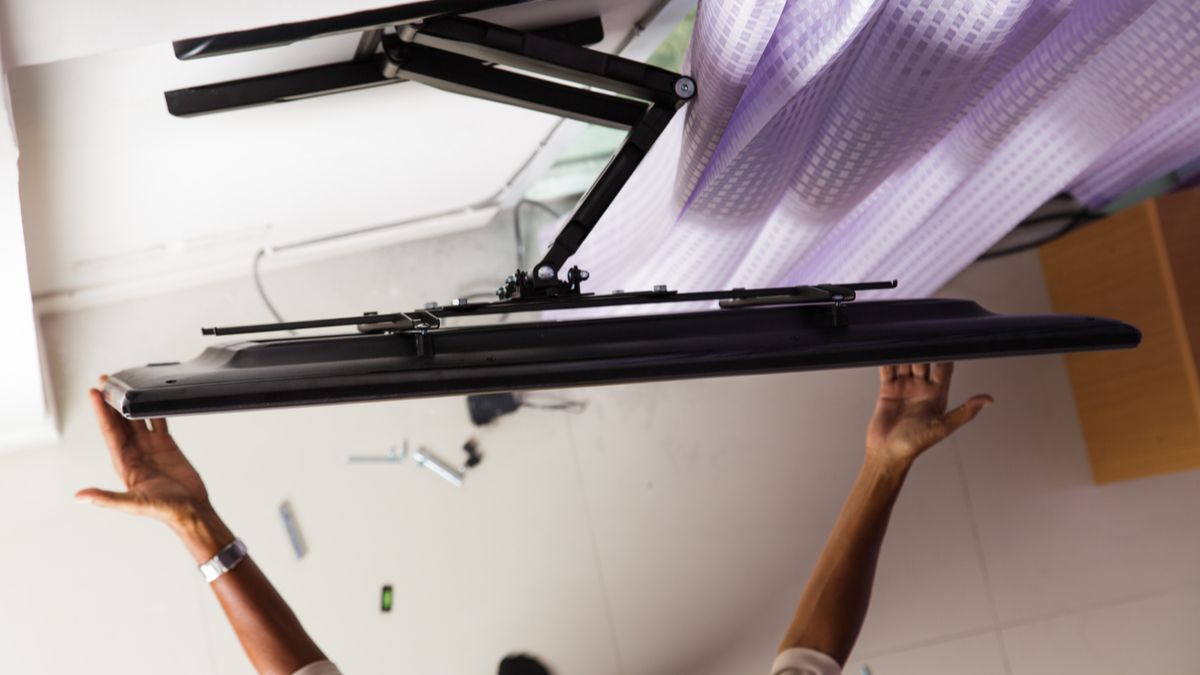
Related
What Is a VESA Mount?
Mounting a TV or monitor is easy with the right VESA mount.
The first Chromebox was introduced by Samsung in 2012, in the form of the Series 3 Chromebox (as reported by CNET), sporting a dual-core Celeron CPU.
Unfortunately, that little Samsung Chromebox has a big price—$329. That’s 2012 money too, don’t forget! It was underpowered and overpriced, with an operating system that severely limited what it could do. Since the Chromebox was in compeition with the likes of the Mac Mini ($599 at the time) it was pretty hard to justify. Let’s just say it didn’t set the world on fire.
The Rise of the Mini PC
That doesn’t mean the mini PC market as a whole wasn’t doing well though. The 2010s were a great time for small computers. Intel released the NUC and it wasn’t long before companies like Zotac and Gigabyte started releasing their own mini PC offerings.
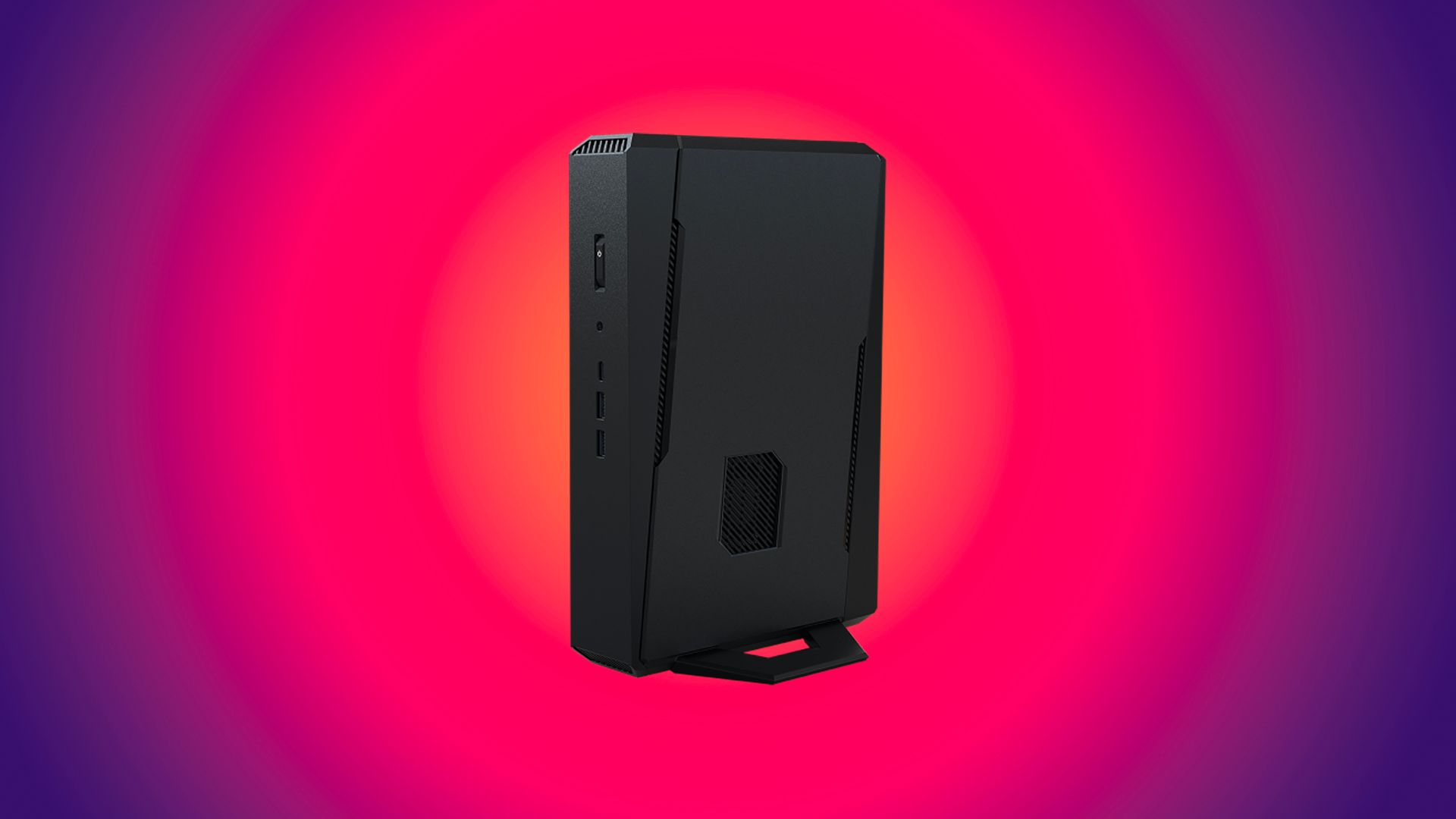
Related
ASUS’s Latest NUC Tiny PC Has Up To an RTX 5070
This thing can game.
These devices were cheaper than full-blown desktops, had more than enough power for everyday computing, ran full operating systems, and used very little power, and took up almost no space.
Why the Chromebox Should Have Dominated
On paper, there’s no reason Chromeboxes couldn’t have ridden the same wave as everyone else getting into the mini-PC market. These were simple, low-maintenance machines that had enough power to do most things, and they slotted perfectly into the Google ecosystem that nearly everyone was using, and continues to use today.
What Went Wrong?
So why didn’t these Chromeboxes just take off? Personally, I think one of the big reasons is ChromeOS itself. It’s easy to forget just how limited ChromeOS was back then. Today, you can run all sorts of software, and you’re not really tethered to the internet in the same way ChromeOS used to be. Which is ironic, because being permanently connected to high-speed internet is much easier now than it was in 2013.
The other issue is that, given how much Chromeboxes cost, it just made more sense to buy a Chromebook instead, and plug it into a monitor as needed. For a Chromebox to be really enticing, it needed to be significantly cheaper than a Chromebook. High-spec Chromeboxes with Core i5 and i7 CPUs, cost just as much as a Windows or macOS mini PC, but with much more limited software. So what were you meant to do with that horsepower? Browse the web faster?
There was a bit of an apathy death-spiral as well, with new generations of Chromebox being pretty boring refreshes of what came before, and it taking longer for the latest CPUs to show their faces in Chromeboxes. I also don’t remember a lot of marketing around Chromeboxes, and I bet there are plenty of you reading this that have never heard the term “Chromebox” and had no idea they exist.
Meanwhile, Windows and Linux Mini PCs Took Off
If we look at mini PCs that don’t run ChromeOS, things seem to be going great. Companies like Beelink and Zotac have really taken the mini PC ball and are running with it.
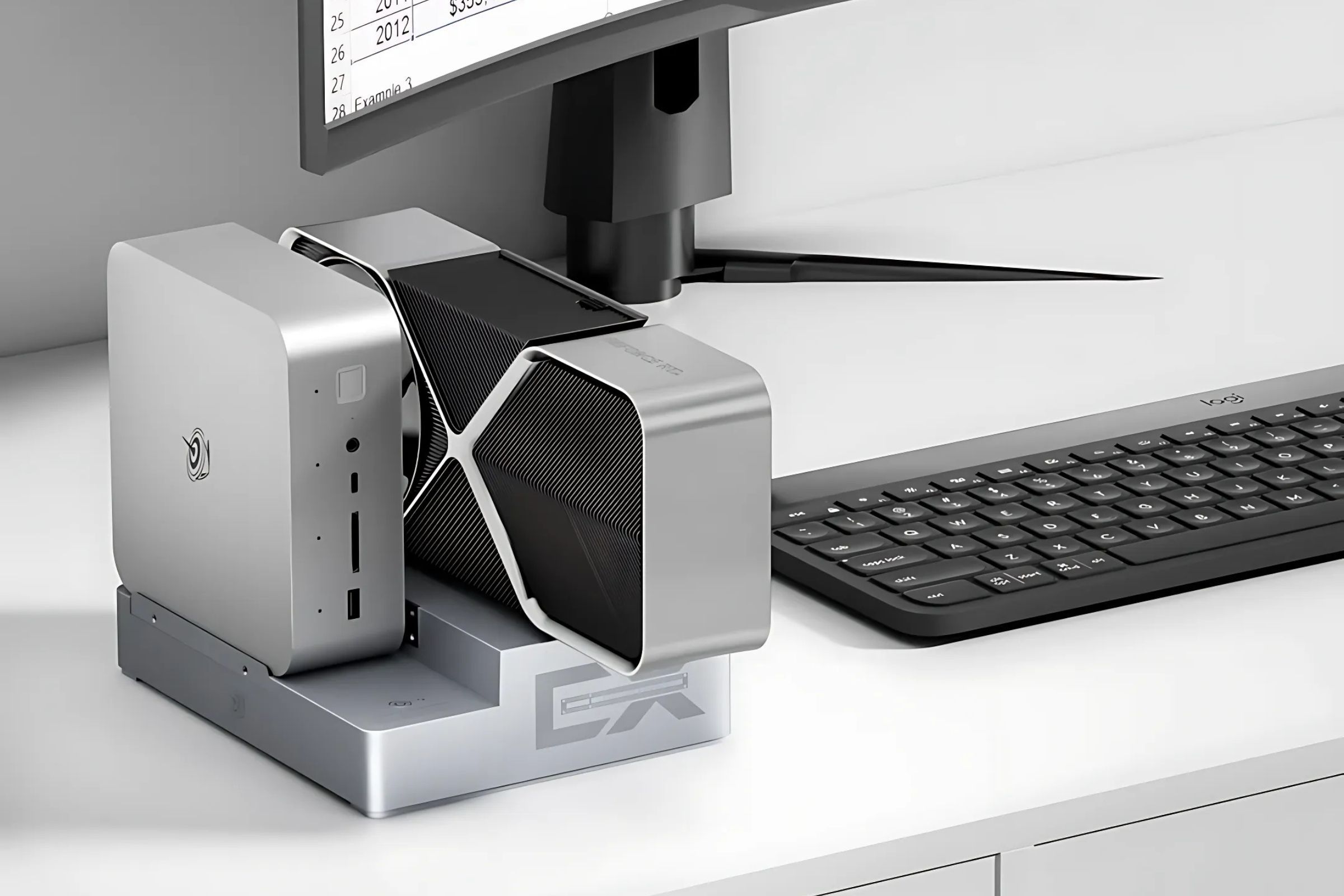
Related
Why My Next PC Could be a Mini PC and eGPU Combo
Make it even smaller!
Packing Linux or Windows, sporting desktop-class hardware, and using surprisingly little power with low noise profiles, it’s no surprise that there’s a decent market for these computers. Even integrated GPUs on modern CPUs are powerful enough for professional apps like CAD and even basic 1080p gaming. What we would have considered console grade in the previous generation is now.
Heck, as I discovered when I received my base model Chromebook Plus a little while ago, the integrated GPU on a modern Core i3 laptop CPU is enough to play Xbox 360 era games at 1080p and very playable frame rates. So Chromebook hardware and software is on a more even footing today, but Chromeboxes weren’t in the running for ages, letting other mini PC types grab all the market share.
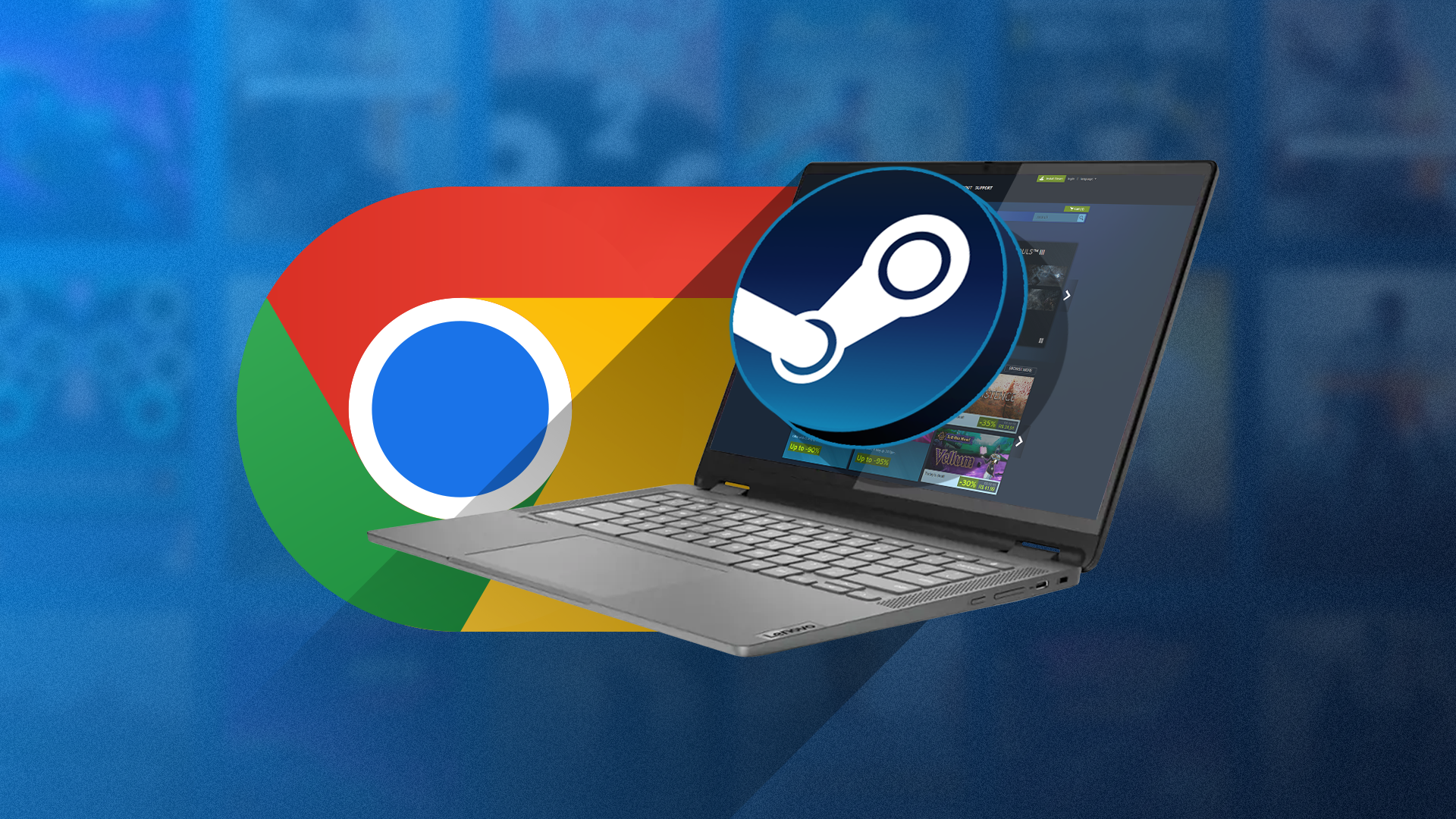
Related
Using Steam on a ChromeBook Is Shockingly Good, Actually
Chromebooks can game now?!
In fact we don’t really know how well Chromeboxes have sold, because, as far as I can tell, they’re mostly only bought by schools, and not regular folks via normal retail channels.
The Missed Opportunity in the Streaming Era
One massive missed opportunity for Chromeboxes is the streaming era boom. HTPCs had long fallen out of favor, and most of us now simply stream shows and movies. Unfortunately, most smart TVs have terrible app performance and support, so many people opt to use an Apple TV or Android TV box.
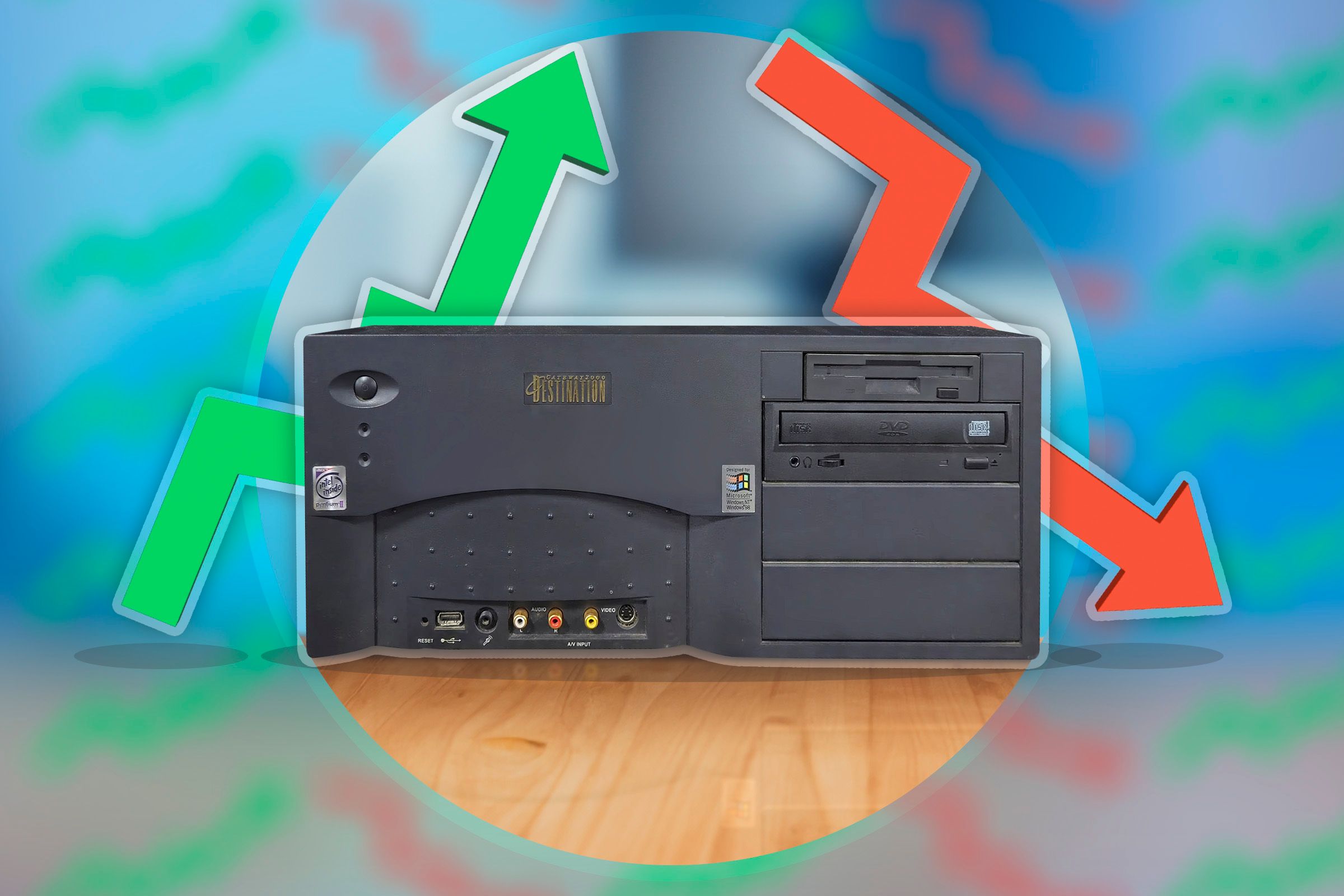
Related
The Rise and Fall of the Home Theatre PC
Oh, what could have been.
Chromeboxes could absolutely have found a niche here, and even the oddly high asking price (which I personally think is a production scale issue) might have been less of a roadblock in the home theater segment. The biggest problem here is simply that you’d need a new UI for ChromeOS to work on a TV at couch distances, but Android TV is right there, it wouldn’t take much to port the interface over.
Where Chromeboxes Still Make Sense
While, so far, Chromeboxes haven’t escaped their niche, they still have niches. As I mentioned before, they make sense for educational institutions with computer rooms. Though a Chromebox might seem too expensive compared to a Chromebook, when several students take turns sharing one Chromebox across multiple classes, it works out cheaper than buying each one their own Chromebook.
Computer labs and libraries are the perfect home for these little machines, especially since they can be easily managed centrally and are highly secure.
They also make sense for digital signage and kiosk systems for the same reasons. You don’t want someone messing with the computer, infecting it with malware, or otherwise taking control and doing something it’s not supposed to.
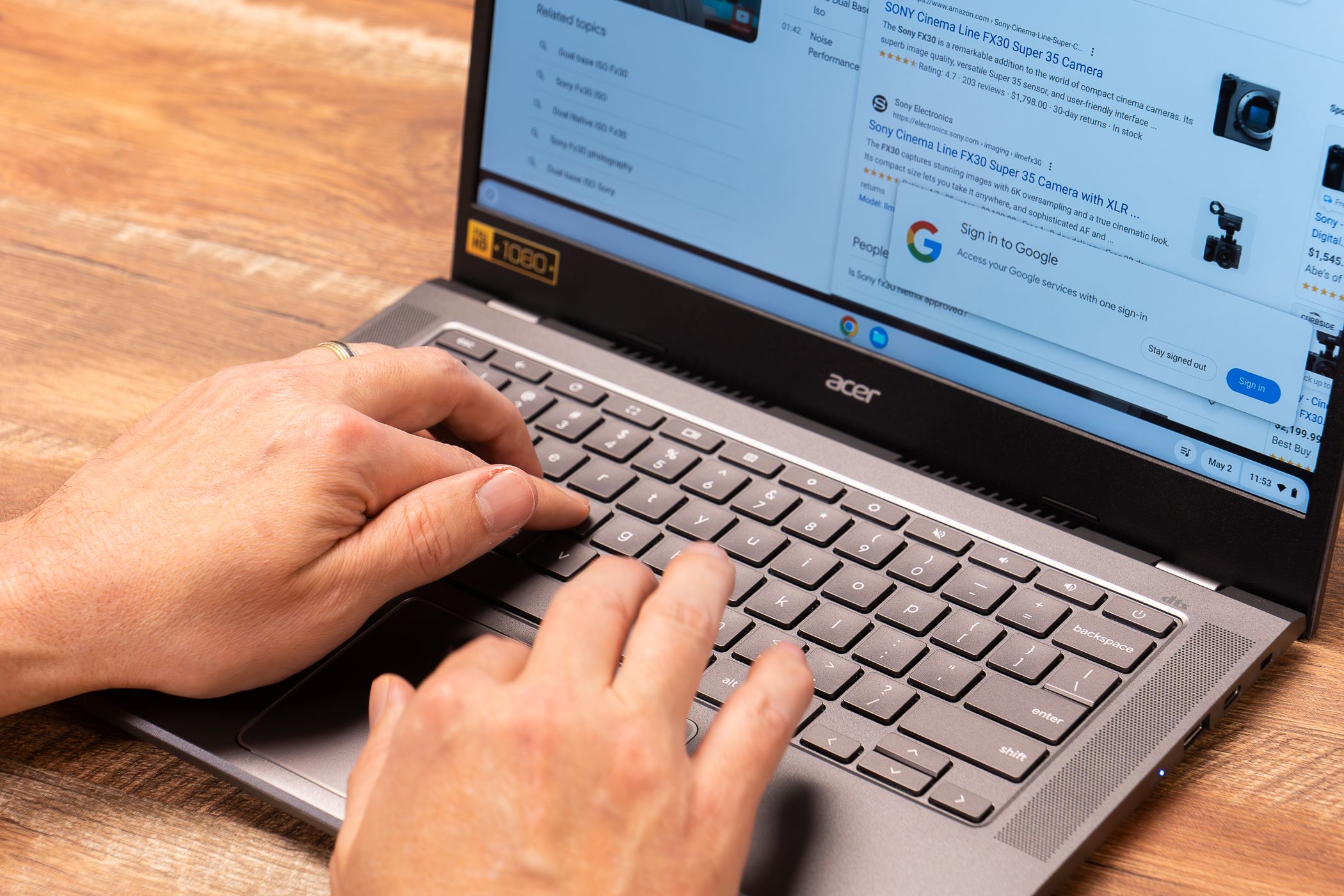
Related
The Pros and Cons of Owning a Chromebook
Chromebooks aren’t for everyone.
Can Google Still Salvage the Chromebox?
Well, you could argue that Chromeboxes don’t need salvaging. They have niches that aren’t going away, and perhaps Google and its hardware partners are perfectly happy with the status quo.
However, I think Chromeboxes could absolutely make headway as a successful consumer product given the direction that Chromebooks are going. For one thing, the success of Proton and other Linux compatibility solutions for Windows video games could turn Chromeboxes into viable gaming and general entertainment products.
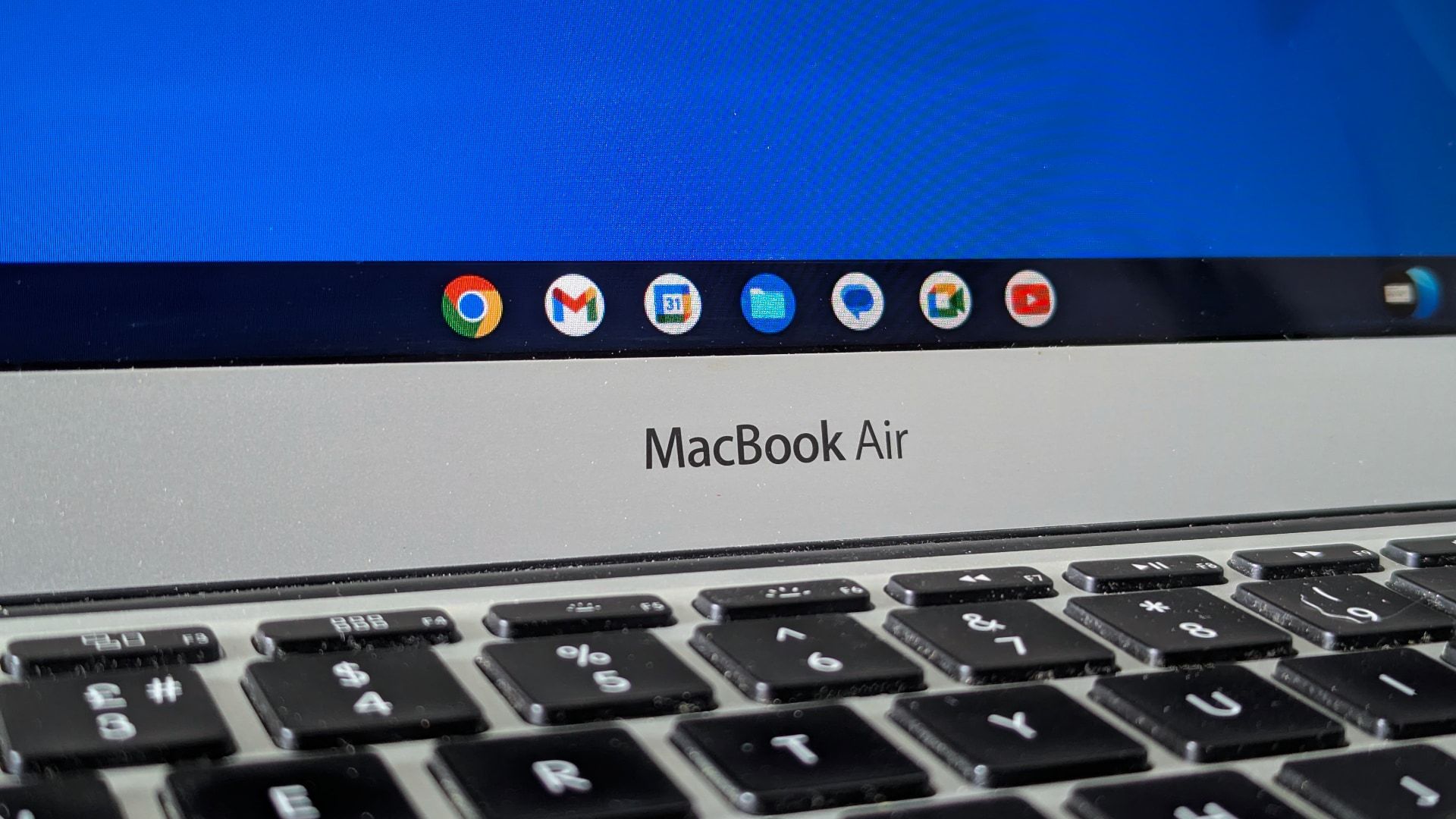
Related
I Installed ChromeOS Flex on My Ancient MacBook. Here’s How It Went
Turning my MacBook into a Chromebook.
With ChromeOS itself maturing, and becoming something closer to a full-fat operating system, but with smart restrictions that prevent malicious actors (and clueless users) from causing chaos, there might be a future where ChromeOS lives on your desktop and under your TV, not just in your laptop bag.
